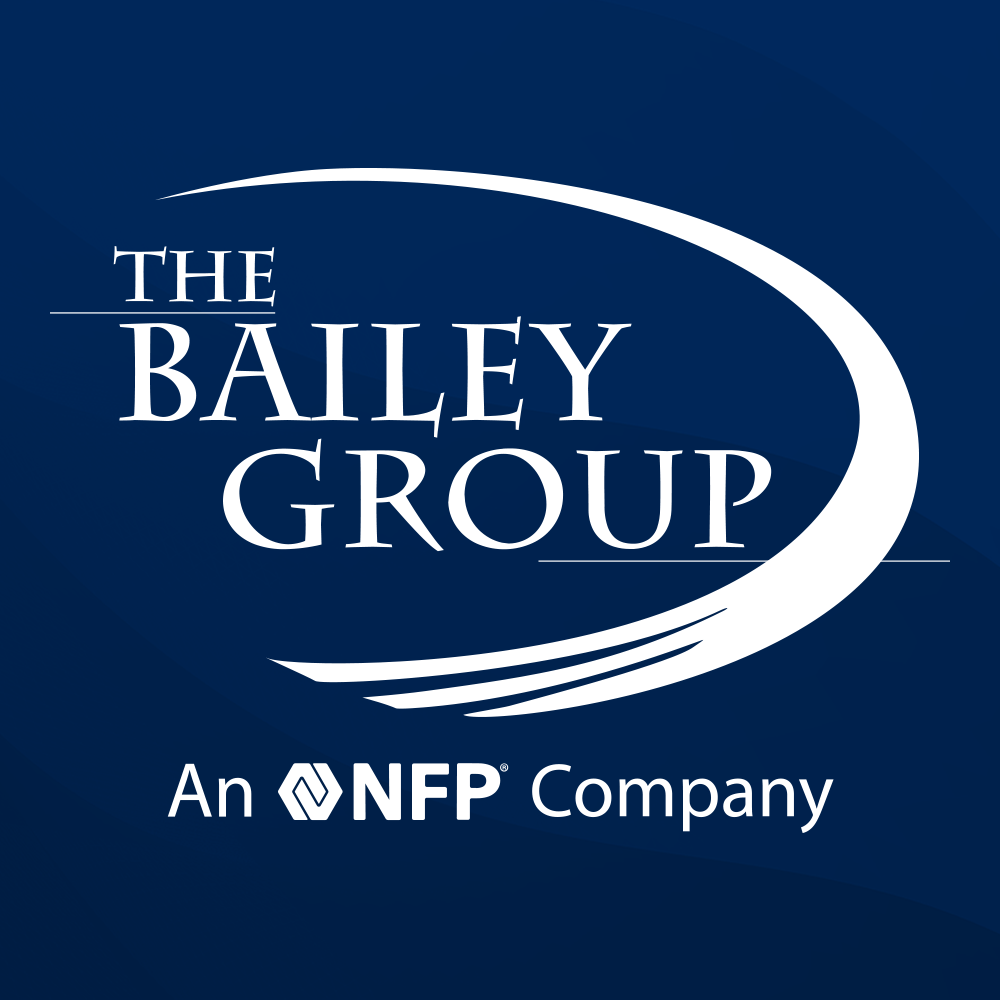5 Strategies for A More Streamlined Open Enrollment Process
By The Bailey Group Marketing
Published October 21, 2013

Open enrollment can be an overwhelming time for both employers and employees. Employees are given the opportunity to re-evaluate their current benefits and make changes for the coming year, while employers must choose a benefits package that balances cost and value and facilitate the enrollment process. Due to a variety of factors, benefit offerings are changing, placing new demands on employees and employers during open enrollment. To make the enrollment process as smooth as possible, it is important that employers educate and communicate to their employees effectively.
The Open Enrollment Process
As employer-sponsored benefits transition to more voluntary, employee-paid or employee-subsidized offerings, employees must assume more control in making smart decisions. Accordingly, employers should provide benefit information in an easy-to-understand format that provides employees with essential information, along with additional resources to help them make decisions.
Here is a typical open enrollment process:
- Notification – Employers send out an organization-wide announcement alerting employees that open enrollment will begin shortly.
- Receipt of Information – Employers distribute information about benefit plans, selection information and the appropriate forms to their workers. Employees may also receive personal information based on their elections from the previous year. (Employers may direct their employees to the company website, invite them to attend HR seminars, offer a benefit fair with the insurance company or offer access to interactive decision-making tools.)
- Making Decisions – Employees research their various benefits options and discuss with family to determine which benefits they will elect for the coming year.
- Enrollment – Employees select their benefits.
Make The Most of Your Open Enrollment
The following suggestions, based on an employee survey conducted by MetLife®, can improve the open enrollment process for both employers and their employees:
- Establish solid communication between the HR department and employees. To do so effectively, conduct meetings and seminars and offer calculators, intranet education information and benefit fairs. If your organization is smaller, conduct one-on-one meetings with employees to determine exactly the type of information they need.
- Survey your employee population to determine their priorities – product importance, preferred method of communication, etc. By doing so, employers can identify exactly what their employees want, and workers feel their needs have been heard by decision-makers.
- Customize benefits and information resources to the life stages of your employees. For instance, if you have a large older population, feature more retiree benefits and long-term care insurance. It is also wise to communicate with your employees in the same way that they communicate on a regular basis. For example, if messages are received via postings in a common area, consider placing benefit information in that area as well. By customizing your benefits to your population, you can increase employee satisfaction without increasing your spending.
- Make plan information as simple as possible, while also being interactive. Employees should be able to understand their offerings to make more knowledgeable decisions.
- Consider offering new benefits, even if they are voluntary, such as dental insurance, vision insurance or benefits for prescription drugs. Employees tend to make more changes when they receive new options. Even if employees must pay 100 percent for such voluntary options, they can still be attractive offerings. Since the benefits are negotiated by the employer, employees typically receive a group rate, which is significantly lower than purchasing them individually.
Overall, a successful and effective open enrollment process can have a dramatic impact on the relationship between employers and their employees. By catering to their needs and wants, employers will ultimately make the experience more enjoyable and worthwhile for their workers. As a result, they will feel more secure in their benefits decisions throughout the plan year.




